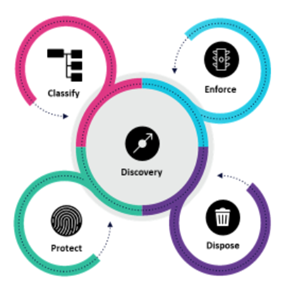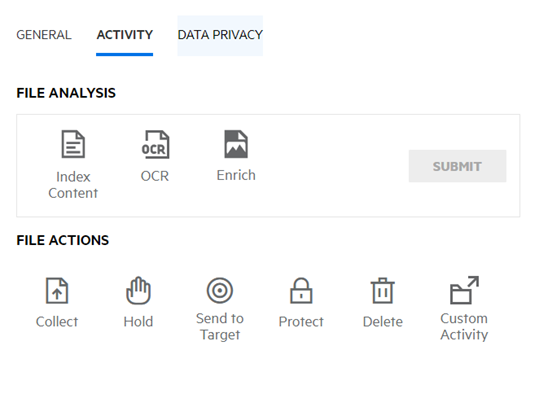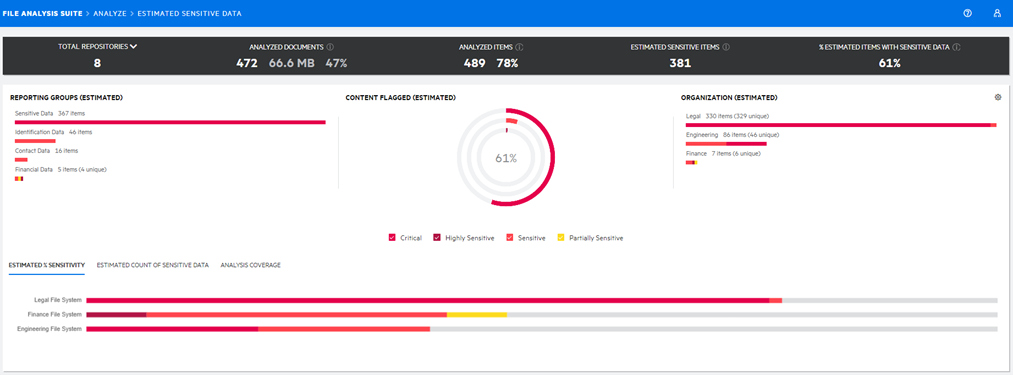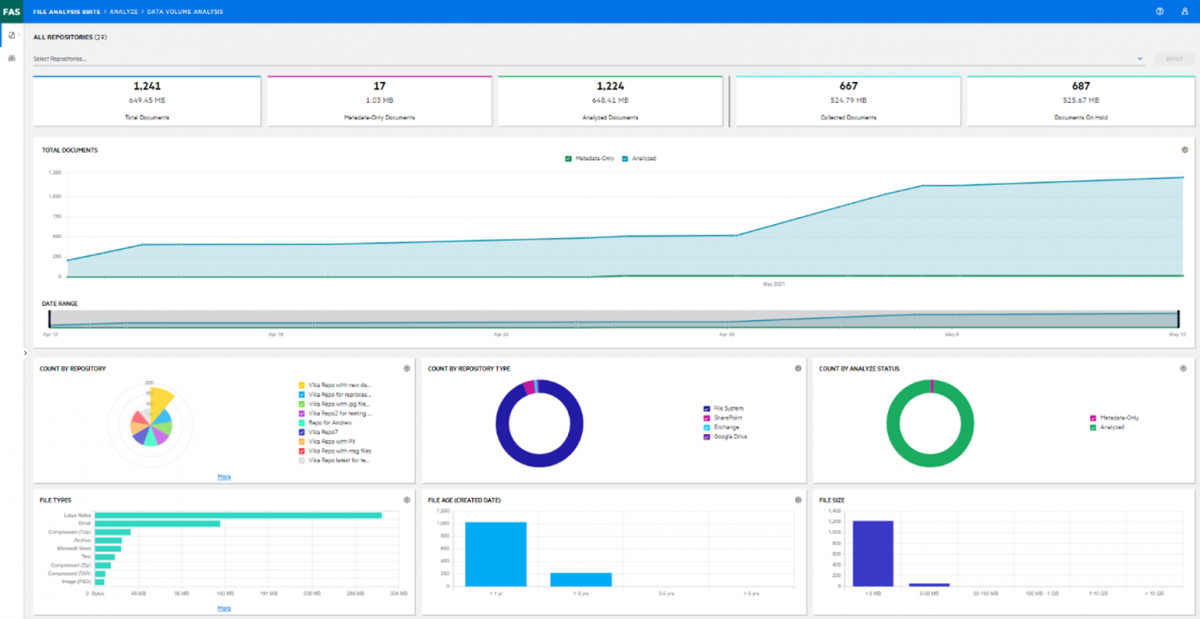Discover, classify, and protect sensitive data in media files with File Analysis Suite

Over the past 18 months, the business world has adapted to the COVID-19 pandemic. Enterprises have shifted from bustling offices to bustling Teams channels. Employees are working from home and new hires have yet to set foot in the office. Businesses are using the cloud more than ever. Selling and consolidating offices also means shutting down private data centers and pushing more enterprises to migrate to the cloud.
Whether as part of new employee or customer onboarding or for day-to-day operations in the new digital world, enterprises are now capturing digital images of passports, driver licenses, Social Security cards, and bank checks to validate customer and employee identities. Enterprises are storing scanned official documents and legal contracts used between businesses and customers. And these scanned images may contain sensitive data. The reputation of the business and the trust associated with the business can be damaged by breaches of sensitive customer and personal information in any format.
As more and more social and economic activities are happening online, the importance of privacy and data protection is increasingly recognized. And we are seeing regulatory changes worldwide such as GDPR, CCPA, PIPEDA, POPI, and KVKK. Fines are levied by regulators for compliance failure. Where regulations do not exist, customers are actively choosing to engage with enterprises that respect privacy. The global privacy regulations, digital transformation efforts, and obvious need for data minimization are all rapidly changing the way enterprises assess data risks and protect data. It is crucial the enterprises become cyber resilient.
Data discovery can act as the tip of the spear when preparing to address these challenges. Through context-aware analysis and insight businesses can also gain a greater understanding of the value of data to drive better business outcomes and resiliency into their data security and protection practices.
Enhanced Data Discovery with OCR
File Analysis Suite (FAS) provides AI-driven, contextually aware pattern detection across 39 countries and economic regions in support of aforementioned worldwide regulations GDPR, CCPA, PIPEDA, POPI, KVKK. With the support of optical character recognition (OCR) in this release, organizations can now also easily find sensitive data in media files, understand the data sensitivity, and take proper actions to protect it. Enterprises can now have tighter control on their dark data and can appropriately protect their customer and personal data. Here is an example flow showing this new and exciting capability:

The text from the scanned images is extracted and sensitive data is analyzed, and the business owner can view the extracted text alongside the image view.

Prioritize High Risk Data Sets with Enhanced Dashboard
With File Analysis Suite, enterprises can perform full or partial data analysis on their unstructured data sets, including media files. The enhanced Estimated Sensitive Data dashboard can analyze the sensitive data found, prioritize the high-risk data sets, and take action to protect their crown jewels and mitigate data risks.

Minimize Data Risks with new Data Minimization Dashboard
According to projections from the IDC research firm, 80% of worldwide data will be unstructured by 2025. For many large companies, it has reached that critical mass already. CIOs are looking for ways to reduce data risk through data minimization as part of IT modernization projects, such as accelerating to cloud and application retirement. FAS customers can perform regular Redundant Obsolete Trivial (ROT) analysis and do clean-up to remove duplicate and obsolete data that has no more business relevance, such as 20-year-old customer purchasing histories. The latest FAS release introduces a new Data Volume Analysis Dashboard to support the CIO and IT team in their data minimization projects by gleaning insights on the metadata and finding:
- where obsolete data exists based on age of documents (by creation date or modified date)
- the riskiest data sets based on document size
- which data category has the most data, and
- data set analysis status

Achieve Efficiency with new Manage Overview Page
FAS makes it easy for the Chief Data Officer, Chief Privacy Officer, and Chief Compliance Officer to perform their business processes with speed and agility. The Privacy, Security, Compliance, and Data Management teams can work together without the need to move data around. They no longer need to deal with each compliance requirement in a silo. The new Manage Overview page makes it easier for customers to use existing capabilities to address their different digital transformation use cases around risk mitigation, governance and compliance, efficiency and optimization, and data insights.
With the new Manage Overview page they can repeat their business processes with just a few clicks and have an at-a-glance view of the progress of current business processes.

The File Analysis Suite (FAS), a SaaS cloud service, helps enterprises discover, classify, and secure sensitive and high-value data across the enterprise. These enhancements make it even easier for anyone in the organization to find sensitive data in images, proactively manage data risks, and meet data privacy, data security, compliance, and data management needs, and drive business growth with customer trust and brand loyalty.
Voltage File Analysis Suite is available worldwide for purchase. You can also learn more about File Analysis Suite in The Forrester Wave: Unstructured Data Security Platforms, Q2 2021.
Originally published HERE
